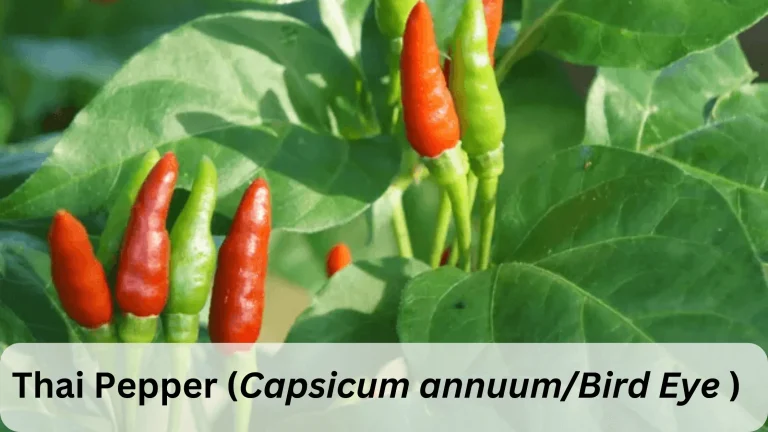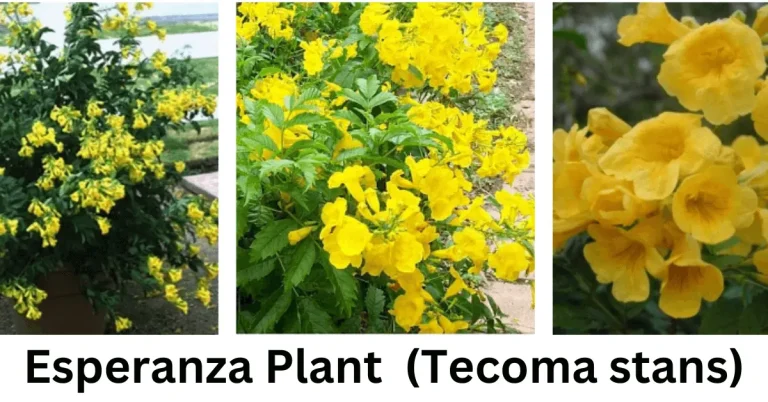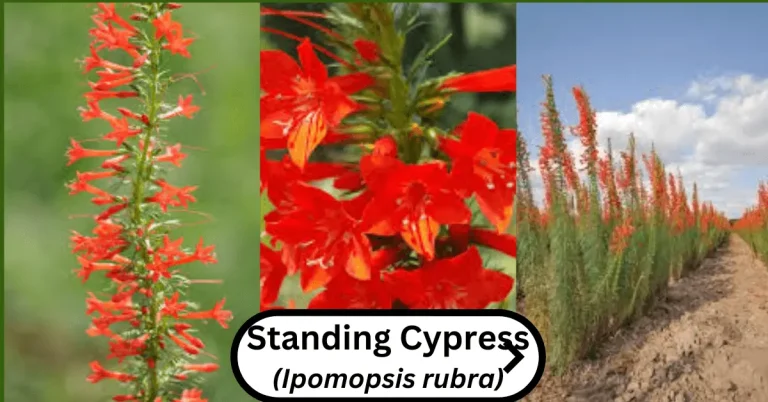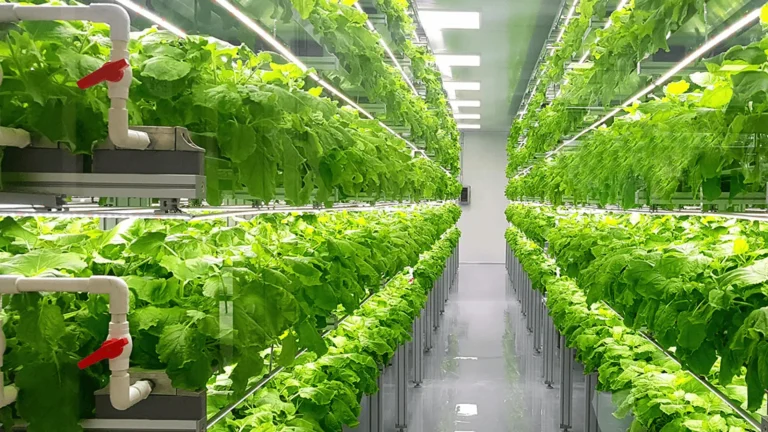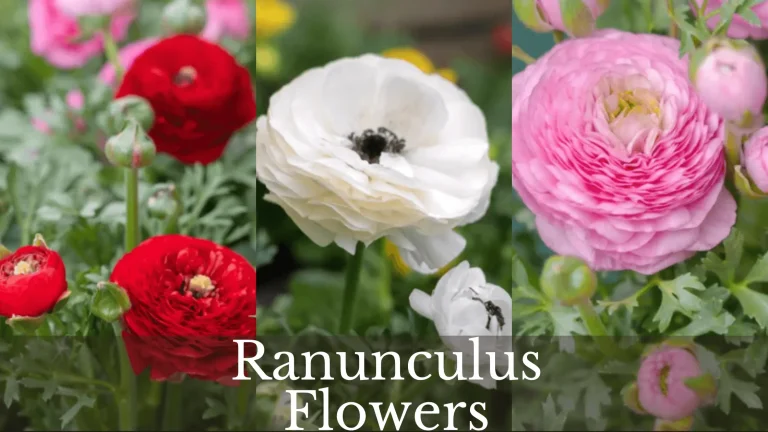Hickory Trees of Georgia| 7 Different Types and their Features (Photos)
Hi, Georgian!! Do you have space in your backyard? I suggest you fill that with a perennial, deciduous, ornamental, shady, and tall friend. That will add aesthetic value to your living. Now, you may ask, what could be my choice then among the most common flora of Georgia? Look, if you want to have all the up-stated features, all in one, then, Hickory Trees of Georgia is the best option.
Georgia, the gem of the Southeastern United States, is more than just its rich history, academic prowess with institutions like the University of Georgia, and its diverse ecosystems. The splendid variety of hickory trees dot its landscape from the Coastal Plain to North Georgia’s mountains.
Overall, there are 13 different types of Hickory trees in United States. Here, in this article, we are going to introduce to you 7 types of Hickory Trees in Georgia. We will list their features, economic and aesthetic values and will help you to identify them with their pictures listed with their names.
Hickory Trees of Georgia
Following content lists 7 different types of Hickory Trees of Georgia and their features.
1. Shagbark Hickory – Carya ovata
Shaggy barks and rough texture brought its name “Shagbark Hickory”. The bark turns into long strips and hangs down from the brunches. It is tall up to 80 feet (25-30 m).
Hardwood is suitable for the construction and furniture industry. It houses nests of different birds. It produces dark green leaves and brown-shelled nuts. Their nuts are edible and tasty. Thus it has a big role in the food chain of wildlife e.g. squirrels.
However, its tall stature (80 feet) makes it difficult to climb in case there is a bird trapped. It may also pose difficulty in case it is dead and anyone wants to remove it. Moreover, fallen leaves and pieces of bark destroy the aesthetic value of the yard.
Key Features

2. Mockernut Hickory – Carya tomentosa
This species is larger than Shagbark as it may go up to 100 feet in height at the age of 150 years. Its nuts are round and edible. Moreover, wood is the strongest among all other species and has uses in making railroads and furniture. The wood is also used for making coal and barrels for whisky storage.
Its presence improves air quality and is a habitat for a diversity of birds.
Key Features
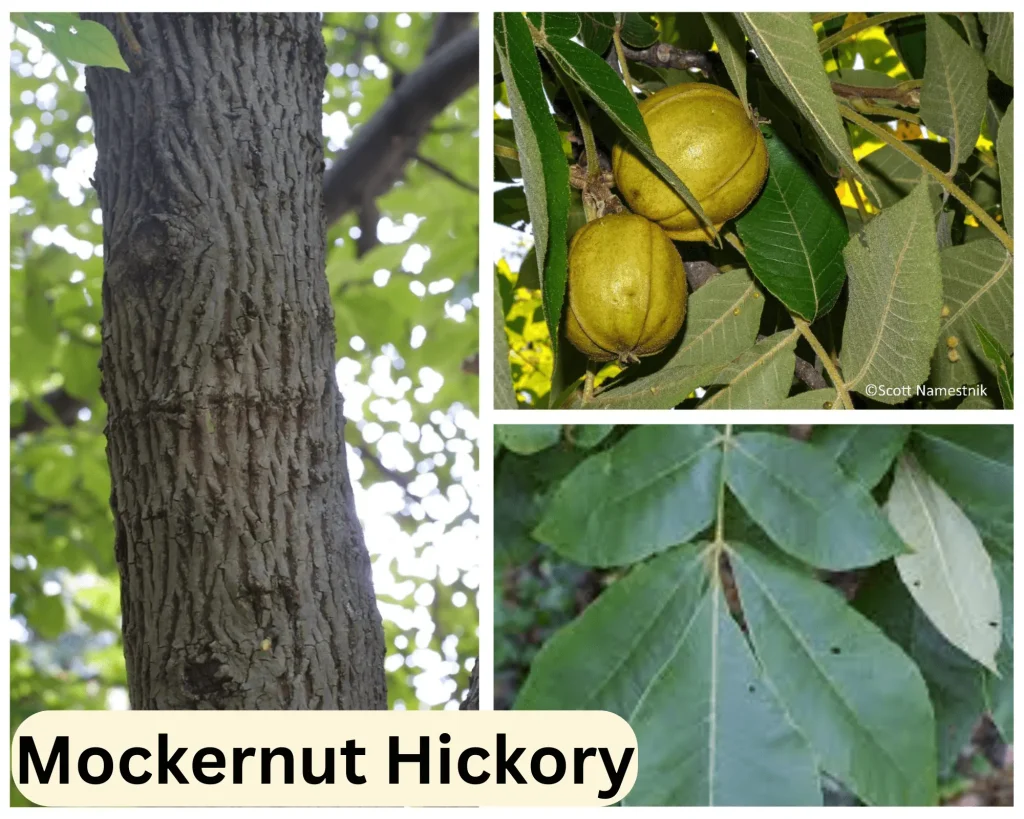
3. Pignut Hickory – Carya glabra
These species of Hickory trees of Georgia have a special attraction for pigs, thus known as pignuts. Their height may go up from 60 to 90 feet. Sweet edible nuts and colourful foliage are the distinctive characteristics of this species. Squirrels, Chipmunks, and other birds love these nuts.
Wood is good for sports goods and making handles for different tools. it grows well even on light soils.
Key Features

4. Shellbark Hickory – Carya laciniosa
This is one of the most uncommon species. Long life span (up to 500 years), tall trees (120 feet), edible nuts, and hardwood are the characteristic features of Shellbark Hickory.
Edible nuts are a source of food for humans and birds. Hardwood is useful for making furniture goods and the construction industry. With compound leaves (cluster of 7 leaflets) and enormous fruit. This type of Hickory Trees of Georgia is truly known as “King Nut”.
Key Features

5. Bitternut Hickory – Carya cordiformis
Bitternut Hickory Trees are 100 feet tall with 2-3 feet in diameter. Their leaves are with 7-9 or more leaflets. The base of the leaves is spiked while to apex is smooth.
Nuts are cylindrical those are one-and-a-half inch long with bitter red kernel inside. The nut is not edible, thus called “Bitternut”. The bark is light brown, and smooth that may develop ridges later.
The fruit is not edible, however, wood has large economic importance. The hardwood is best suited for furniture, tools and as fuel wood.
Key Features
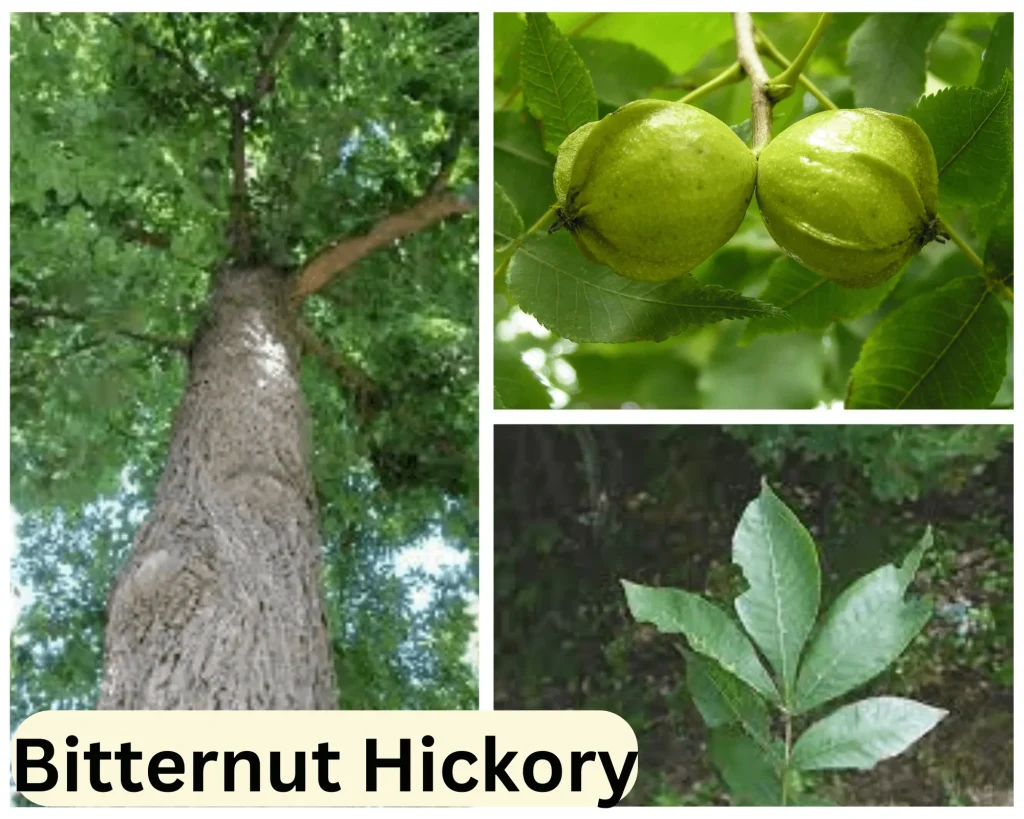
6. Red Hickory – Carya ovalis
The Red type of Hickory Trees of Georgia is sometimes called “False Pignut”, sports leaves, ranging 8 to 10 inches in length. These leaves bore 5 to 7 oval-shaped green leaflets with serration on both sides and edged.
Growing tall, the Red Hickory can achieve heights between 80 to 100 feet, with 2 to 3 feet of truck diameter. Its crown is pyramid-like and slender. This tree showcases somewhat rugged bark.
The tree bears oval fruit, approximately 1 to 1 1/4 inches long. The fruit’s outer shell is paper-thin and naturally peels off easily to its root. The outer bark exhibits a light grey shade.
Known for its durability and resilience, the Red Hickory tree’s timber is dense, hard, and brown, finding its purpose in crafting tool handles, and frames, and as a fuel wood.
Key Features

7. Sand Hickory – Carya pallida
This is sometimes referred to as the Pale Hickory. It can grow up to 100 feet tall with a trunk about 2 to 3 feet wide. Its leaves, which fall off during the fall, are 7 to 15 inches with sharp edges. Leaves are light or silver-coloured and fuzzy on both sides.
It has a unique fruit that looks like a pear with yellow bits on it. The fruit is 1/2 to 1 1/2 inches in size with a white nut inside.
The wood from this tree is brown with a nearly white part inside. However, people mostly use it as firewood. You can mainly find these Hickory trees of Georgia in areas with sandy ground.
Key Features
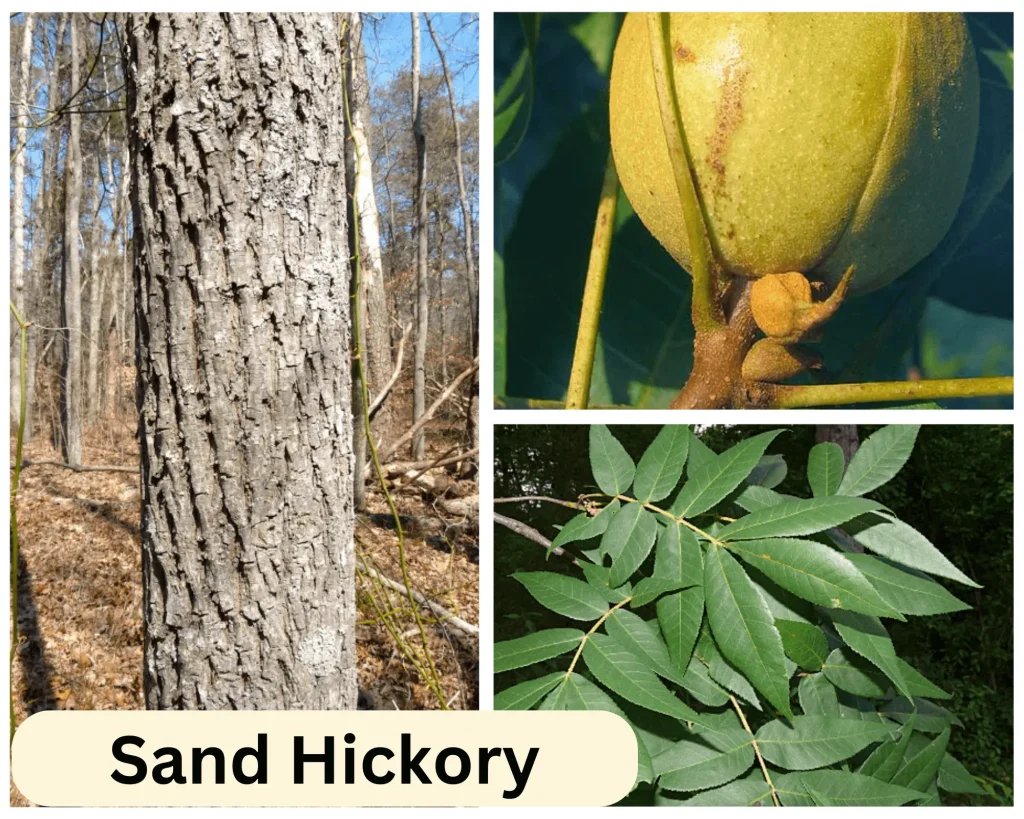
What is Carolina Hickory?
Carolina Hickory is not a species of Hickory. It is a city in North Carolina. It got its name “Hickory” due to the tall structured in the city. Some also state that its name is due to Hickory Tavern, a log structure built back in 1850.
Final Words
If you’re a Georgian with some backyard space to spare, consider planting Hickory Trees. Not only do they elevate the aesthetic appeal of your surroundings, but they also offer shade and numerous benefits. The state is renowned for rich variety of Hickory trees of Georgia.
Some popular types include the Shagbark, known for its distinct bark and bird-friendly nature; the Mockernut, which stands tall and purifies the air; and the Pignut, loved by pigs for its sweet nuts. Then there’s the rare Shellbark, the Bitternut with its non-edible nuts, the often mistaken Red Hickory, the unique Sand Hickory, and the riverside Carolina Hickory. Each of these trees has its own set of features, from their heights and wood quality to the taste of their nuts. So, if you’re pondering what to add to your Georgian landscape, any of the Hickory Tree Species might just be the answer!
FAQs
I’m Dr Qaiser Maqsood (PhD), a dedicated researcher and expert in Biological Sciences, Gardening, Bio-Diversity, Ecology, and Environmental Sciences. I’m much concerned about Environmental Pollution, Climate Change, Plantation, Gardening, and Global Warming. My passion is to explore innovative solutions in all these fields.
Be aware that we have ONLY ONE EARTH. Protect it!!

